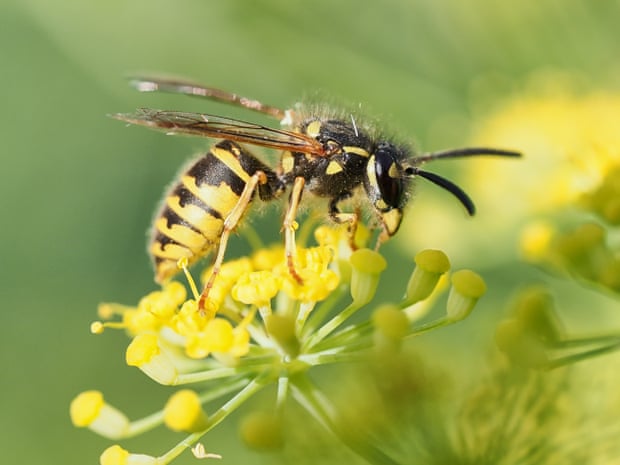Christmas is creeping ever closer, but before then we must have this month’s collection of links to items you may have missed.
Science, Technology, Natural World

The first test image from the new Vera C Rubin telescope has found a tail on galaxy M61 (above). [££££]
Meanwhile a rather strange planetary system has been spotted with three planets circling a pair of stars.
The planet which crashed into Earth, thus creating the Moon, came from the Inner Solar System. [££££]
Recently a very tiny asteroid buzzed past very close to Earth.
Here’s a tribute to Betty Webster, the much ignored woman who discovered the first black hole.
Coming back to Earth … How did a medieval Oxford friar use light and colour to find the composition of stars and planets?
A recent scientific study has found that there are four key ages in your brain’s development – and they’re not quite when you think they are!
A curiosity … It seems we have an internal lunar clock (as well as the solar one) and it’s getting disrupted by light pollution.
Scientists now calculate that the first kiss dates back some 21 million years – so it wasn’t between humans! (Sculpture below is by Brancusi)

The diversity of our dog breeds can apparently be traced back to the Stone Age.
They seem to have memory, but what do trees remember? [LONG READ]
Environment & Ecology
In the UK, on the Isle of Wight, the “White-knuckled Wolf Spider” has been rediscovered.

Would you believe that London is home to a hairy snail (above), which is now subject to conservation efforts?
Meanwhile, an exceptionally rare pink grasshopper (below) has been found in New Zealand.

History, Archaeology, Anthropology
Archaeologists have discovered a massive ancient Egyptian fortress in the middle of the desert.
In the UK, the find of several Bronze and Iron Age log boats is revealing details of Fenland prehistory.
From
There’s a project which is mapping ancient Roman roads, and they’ve recently added 60,000 miles from right across the Roman Empire. [££££]
Here’s Going Medieval on the Dark Ages.
Well who would have thought it? Finds – including 25 shoes (one, below) – from ancient vulture nests are shedding light on 600 years of human history! [££££]

London
As so often our London section is mostly historical …
There’s a new book, The Boroughs of London by Mike Hall and Matt Brown. It’s getting lots of great reviews.
Meanwhile Londonist has an article by Matt Brown on the history of the London Plane Tree. [LONG READ]
Ongoing work under the Houses of Parliament has turned up evidence of prehistoric tools and a lost medieval hall.
In another Londonist post Matt Brown (again) continues his work revealing the detail in John Rocque’s 1746 map of London by colouring it in. He’s now got to Wapping, Rotherhithe and Shadwell (snippet below). [LONG READ]

Still with Matt Brown, and following on from the previous item, he appears to have found the lost island of Shadwell.
And coming right up to date, the 20-year old gates of City Road Lock on the Regent’s Canal are being replaced, allowing a quick peek at the workings of a lock.
Shock, Horror, Ha ha ha!
And finally, for your delectation, here’s a history of slang for virginity – and some links to similar articles from the same author.

























